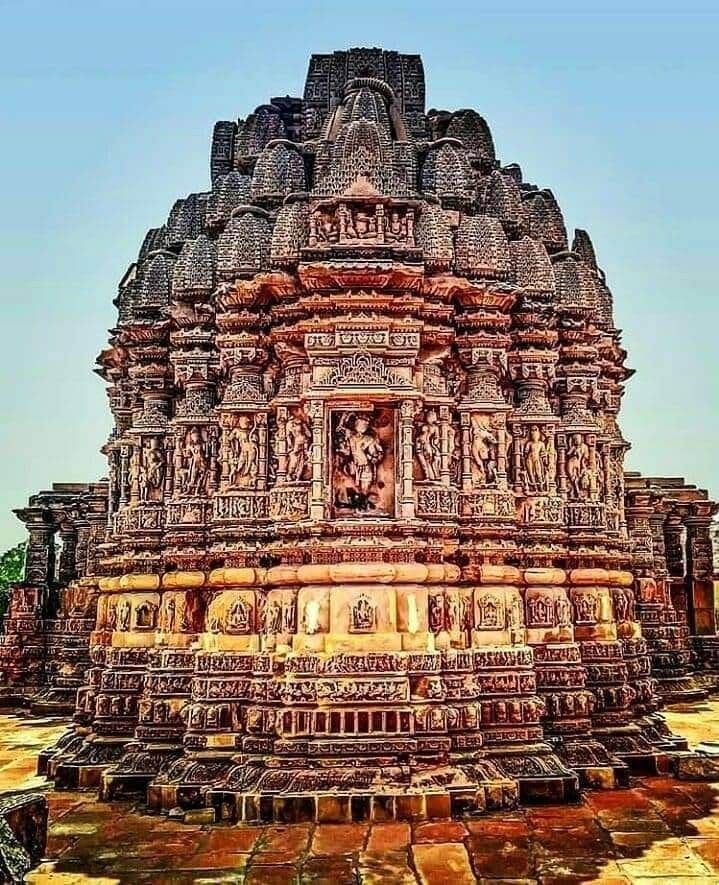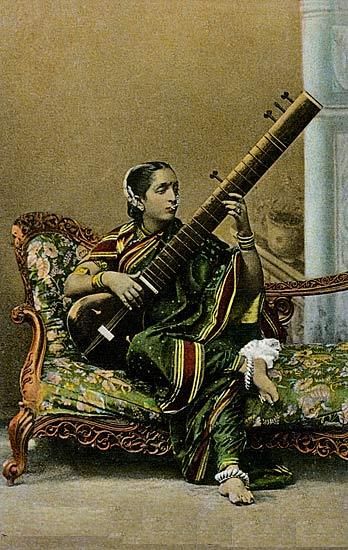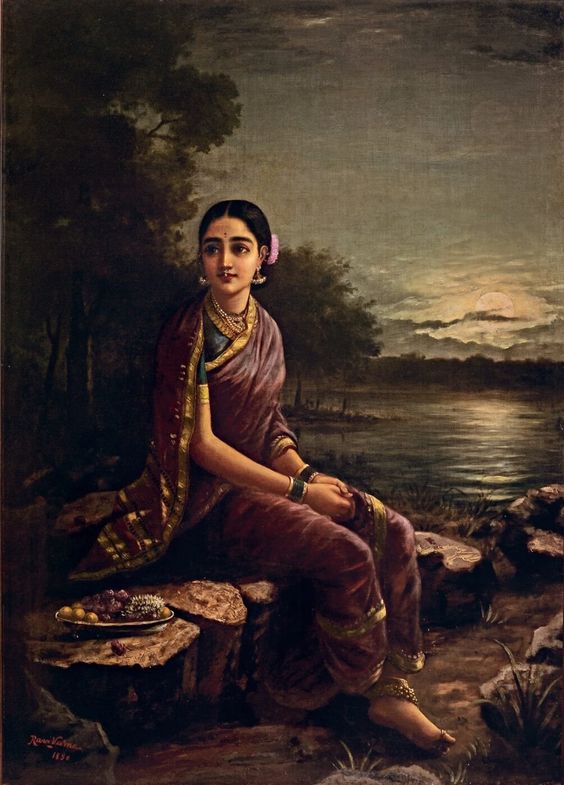Indology is the study of South Asian culture (or Undivided India), history, and civilization, especially the ancient and medieval periods. Indologists often focus on the cultures of India, Pakistan, Bangladesh, and Sri Lanka, but the term is also used more broadly to refer to the study of South Asian culture and civilization more generally. Indology encompasses a wide range of disciplines, including archaeology, art history, epigraphy, linguistics, literature, philosophy, religion, and anthropology.
Indologists study the history, languages, literature, and cultures of the Indian Subcontinent from a variety of perspectives and approaches. They may examine the ancient Sanskrit and Pali texts of Hinduism, Buddhism, and Jainism, or they may focus on the archaeology and art of the region. Indologists may also study the history and cultures of the various regions and kingdoms that have existed within the boundaries of modern-day South Asia, including the Maurya, Gupta, and Mughal empires.
Indology has a long and distinguished history, with roots dating back to the early 1000 BCE. It has been shaped by the work of many influential western scholars and researchers, including William Jones, Max Müller, and Paul Brunton. Today, Indology is an important field of study that helps us to understand the rich cultural heritage of India and its place in the world.
Parts of Indology Includes:
Indian Architecture

Indian architecture is the architecture of the Indian subcontinent, which includes modern-day India, Pakistan, Bangladesh, and Sri Lanka. It has a long and diverse history dating back to ancient times, and it has been influenced by a range of cultural, religious, and historical factors.
One of the earliest forms of Indian architecture is the rock-cut architecture of the Buddhist monasteries and temples of the Maurya and Gupta empires, which flourished in the 3rd to 6th centuries CE. These structures were carved directly into the rock, and they often featured elaborate sculptural decorations and paintings.
Another important form of early Indian architecture is the temple architecture of the Hindu temples, which developed from the 5th to the 9th centuries CE. These temples were often built in the Dravidian style, which is characterized by the use of pyramidal towers, or shikhara, and by the incorporation of detailed carvings and sculptural decorations.
Today, Indian architecture continues to evolve and be influenced by a variety of styles and traditions. It is an important aspect of India’s cultural heritage and an integral part of its identity.
Indian Music

Indian classical music is the traditional art music of the Indian subcontinent. It has a long and diverse history dating back over 2000 years and is characterized by its use of microtones and complex rhythmic patterns.
Indian classical music is based on the concept of raga, which refers to a set of melodic and tonal rules that govern the construction of a musical composition. Each raga has a specific set of rules governing the notes that can be used, the order in which they can be played, and the emotional qualities that they are meant to evoke.
Indian classical music is typically performed by trained musicians in formal concert settings, and it is transmitted orally from generation to generation. It is typically played on a variety of instruments, including the sitar, sarod, tabla, and harmonium.
There are two main traditions within Indian classical music: the Hindustani tradition, which originated in northern India, and the Carnatic tradition, which originated in southern India. These two traditions have some differences in their musical scales and repertoire, but they share many common features and are both considered to be part of the broader tradition of Indian classical music.
Indian classical music is an important part of India’s cultural heritage and continues to be enjoyed and appreciated by audiences around the world.
Indian Art

Indian art refers to the art of the Indian subcontinent, which includes modern-day India, Pakistan, Bangladesh, and Sri Lanka. It has a long and diverse history, and it encompasses a wide range of artistic styles and traditions.
Indian art is often divided into two main categories: classical art and popular art. Classical art includes the ancient art of the Indus Valley Civilization and the temple architecture and sculpture of the Hindu temples. It also includes the miniature paintings and courtly arts of the Mughal Empire and the British colonial period.
Popular art, on the other hand, encompasses a wide range of styles and traditions, including folk art, tribal art, and contemporary art. It often reflects the everyday life and culture of the people who produce it and is more widely available to the general public.
Indian art has been influenced by a variety of cultural, religious, and historical factors, and it has also had a significant influence on the art of other countries. It is an important part of India’s cultural heritage and continues to thrive and evolve today.
More elements of Indology will be added and posted gradually in this article.
Share your thoughts and suggestion through comments.

